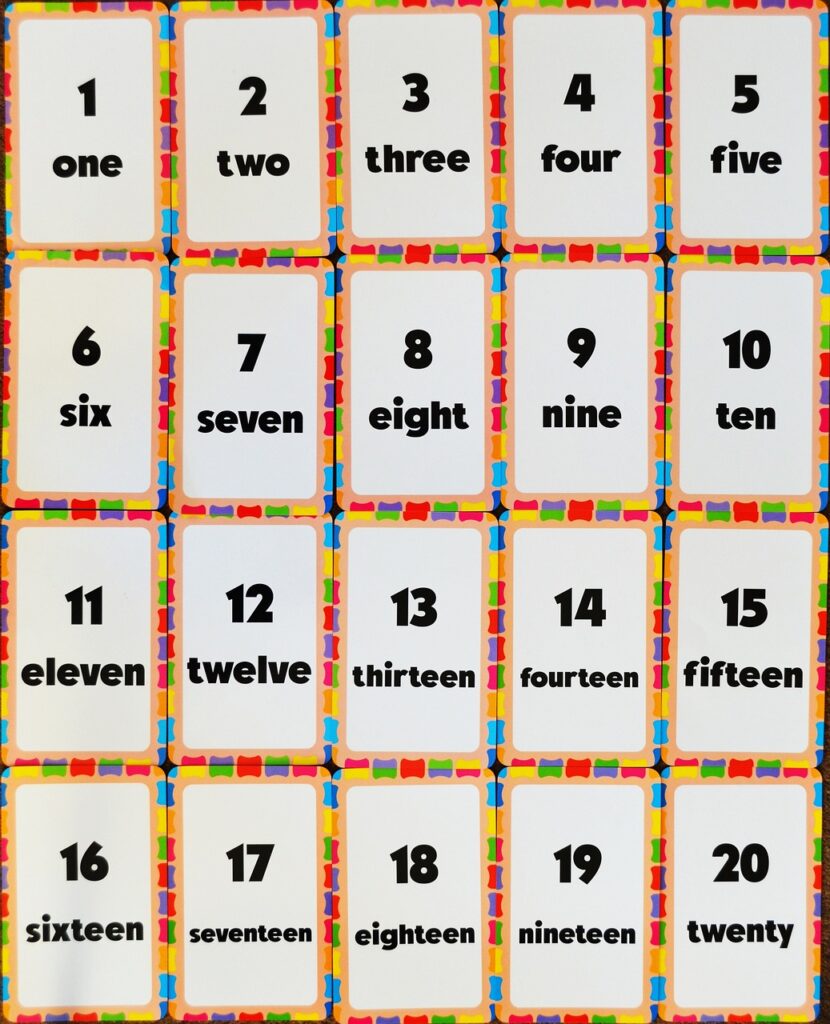How To Approach Language Pronunciation with Confidence
Learning to pronounce a new language can be intimidating, but with the right techniques and practice, you can speak authentically and confidently in no time. In this article, we will explore key techniques to help you improve your language pronunciation skills and sound more like a native speaker.
Embrace Your Mistakes
Don’t be afraid to make mistakes when learning a new language. Embracing your mistakes is part of the learning process and essential for improvement. Native speakers will appreciate your effort, even if your pronunciation isn’t perfect.
Practice Regularly
Consistent practice is essential for mastering language pronunciation. Make a habit of practicing every day, even if it’s only for a few minutes. The more you practice, the more comfortable and confident you will become in pronouncing words accurately.
Listen and Repeat
One of the most effective ways to improve your pronunciation is by listening to native speakers and repeating after them. Pay attention to their intonation, rhythm, and stress patterns. Mimicking their speech will help you internalize the correct pronunciation.
Use Language Learning Apps
There are many language learning apps available that can help you improve your pronunciation. Apps like Duolingo, Babbel, and Rosetta Stone offer interactive exercises and feedback to help you refine your pronunciation skills. Incorporate these apps into your daily routine to supplement your language learning.
Techniques for Improving Vowel Sounds
Vowel sounds can vary significantly between languages, making them a crucial aspect of language pronunciation. Here are some techniques to help you improve your vowel sounds and sound more natural when speaking a new language.
Focus on Mouth Shape
Pay attention to the shape of your mouth when pronouncing vowel sounds. Different languages require specific mouth positions to produce accurate vowel sounds. Practice making these shapes in front of a mirror to ensure you are forming the sounds correctly.
Practice Minimal Pairs
Minimal pairs are pairs of words that differ by only one sound, such as “ship” and “sheep.” Practicing minimal pairs can help you distinguish between similar vowel sounds and improve your pronunciation accuracy. Listen carefully to the subtle differences in sound and practice until you can pronounce them correctly.
Use Online Resources
There are many online resources available that specifically focus on vowel sounds in different languages. Websites like Forvo and Pronunciation Guide provide audio recordings of native speakers pronouncing words, allowing you to listen and mimic their pronunciation. Take advantage of these resources to hone your vowel sounds.
Seek Feedback
Ask native speakers or language teachers for feedback on your vowel sounds. They can provide valuable insights and correct any pronunciation errors you may be making. Don’t be afraid to ask for help, as receiving feedback is essential for improving your pronunciation skills.
Techniques for Mastering Consonant Sounds
Consonant sounds play a vital role in language pronunciation and can greatly impact your overall clarity when speaking. Here are some techniques to help you master consonant sounds and improve your overall pronunciation.
Focus on Articulation
Pay attention to how your tongue, lips, and teeth interact when producing consonant sounds. Each consonant sound has a unique articulation point that determines its pronunciation. Practice the correct articulation of each consonant sound to ensure clarity in your speech.
Practice Tongue Twisters
Tongue twisters are an excellent way to practice challenging consonant sounds and improve your articulation. Repeat tongue twisters multiple times to work on your pronunciation speed and accuracy. As you become more comfortable with the twisters, you’ll notice an improvement in your overall pronunciation skills.
Learn Phonetic Alphabet
The International Phonetic Alphabet (IPA) is a standardized system for representing the sounds of spoken language. Familiarizing yourself with the IPA can help you understand the precise pronunciation of consonant sounds in different languages. Use online resources and IPA charts to learn the symbols and their corresponding sounds.
Record Yourself
Recording yourself speaking in the target language is a useful way to assess your pronunciation of consonant sounds. Listen to the recordings and compare them to native speakers to identify areas for improvement. Keep practicing and recording yourself to track your progress over time.

Techniques for Improving Intonation and Stress Patterns
Intonation and stress patterns are essential elements of language pronunciation that can convey meaning and emotion in your speech. Mastering these aspects will help you sound more natural and engaging when speaking a new language.
Focus on Sentence Stress
In every sentence, there are words that carry more emphasis and are pronounced with greater stress. Practice identifying these stressed words and phrases in different sentences to improve your overall intonation and rhythm. Make sure to vary your intonation to convey different meanings effectively.
Study Pitch Patterns
Pitch patterns refer to the rise and fall of your voice when speaking. Different languages have distinct pitch patterns that can influence the overall tone of your speech. Listen to native speakers to mimic their pitch patterns and incorporate them into your own speech.
Practice Dialogue Readings
Reading dialogues or conversations aloud is an excellent way to practice intonation and stress patterns. Pay attention to how native speakers emphasize certain words and phrases to express meaning. Try to replicate their intonation and stress patterns to sound more natural in your speech.
Engage in Role-Playing
Role-playing scenarios with a language partner or tutor can help you practice intonation and stress patterns in a realistic context. Act out different scenarios and focus on varying your pitch and stress to convey different emotions. Role-playing is a fun and interactive way to improve your pronunciation skills.
Techniques for Developing a Native-like Accent
Adopting a native-like accent in a new language can be challenging but rewarding. Here are some techniques to help you develop an authentic accent and sound more like a native speaker.
Immerse Yourself in the Language
Immersing yourself in the language and culture of native speakers is one of the most effective ways to develop a native-like accent. Surround yourself with authentic language materials like music, movies, and podcasts to familiarize yourself with the natural flow and rhythm of the language.
Mimic Native Speakers
Mimicking native speakers is a powerful technique for developing an authentic accent. Listen to how they pronounce words and phrases, and try to replicate their pronunciation as closely as possible. Pay attention to their intonation, stress patterns, and pitch changes to mimic their speech accurately.
Practice Accent Reduction
Accent reduction exercises can help you modify your accent to sound more like a native speaker. Focus on specific sounds or patterns that are challenging for you and practice them consistently. Over time, you’ll notice an improvement in your accent and sound more natural when speaking the language.
Attend Pronunciation Classes
Taking pronunciation classes or workshops with a language instructor can provide you with valuable feedback and guidance on developing a native-like accent. Work with a professional to identify areas for improvement and practice your pronunciation in a supportive environment.

Conclusion
Mastering language pronunciation requires dedication, practice, and the right techniques. By embracing your mistakes, practicing regularly, and focusing on specific aspects of pronunciation like vowels, consonants, intonation, and accent, you can improve your pronunciation skills and sound more like a native speaker. Incorporate these key techniques into your language learning routine and watch as your pronunciation becomes more authentic and confident over time. Remember, language learning is a journey, and every step you take to improve your pronunciation brings you closer to fluency. Happy practicing!
To provide further assistance for your language learning journey, check out our related articles and resources on mastering language grammar and vocabulary. Good luck on your language learning adventure!

